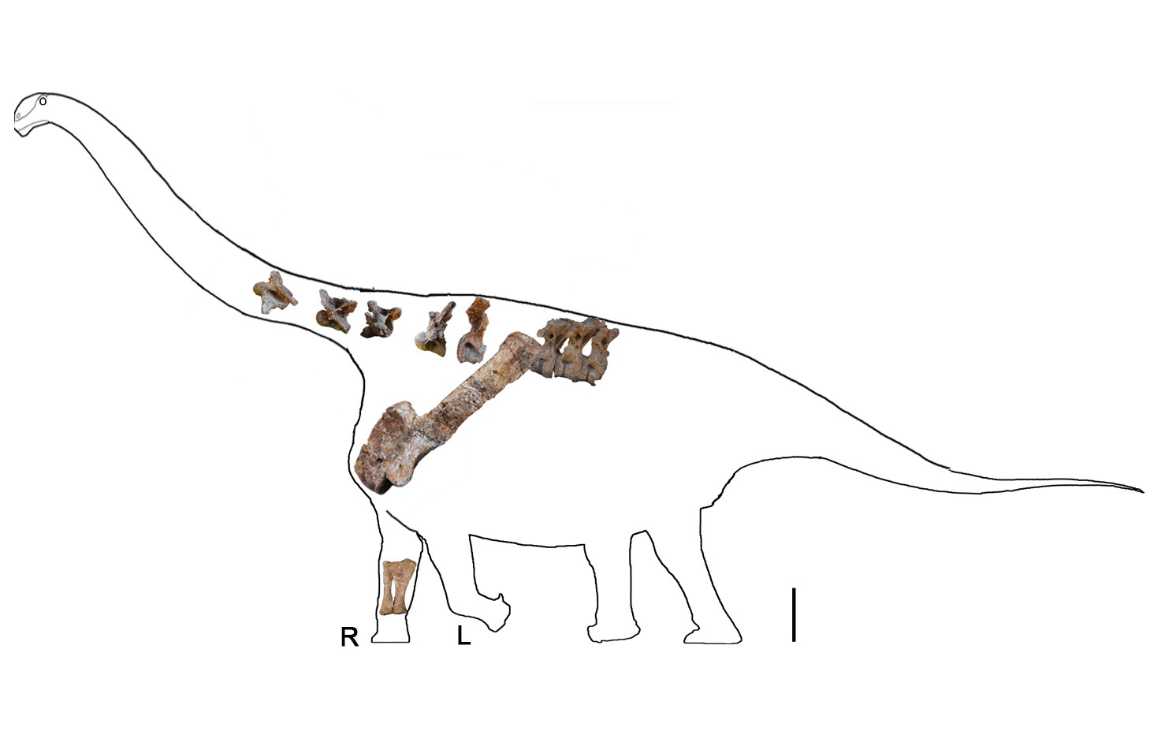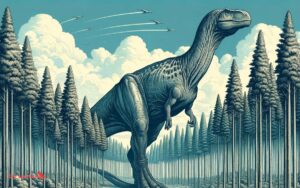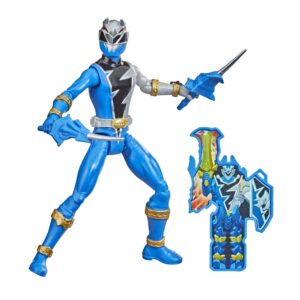Which Dinosaurs Lived in the Cretaceous Period: Titans Revealed
The Cretaceous Period was home to various dinosaurs like the Tyrannosaurus rex, Velociraptor, and Triceratops. The Hadrosaurs, Sauropods, and carnivorous Spinosaurus also roamed the earth during this era.
Spanning from approximately 145 to 66 million years ago, the Cretaceous Period marked the last chapter in the Mesozoic Era. This time witnessed a remarkable diversity of dinosaur species that thrived in different habitats across our prehistoric world. Dominant herbivores like the duck-billed hadrosaurs diversified, while the massive, long-necked sauropods continued to graze prehistoric landscapes.
Meanwhile, lethal predators such as the T. Rex asserted their dominance atop the food chain. This period ended with a massive extinction event, wiping out all dinosaurs except for the ancestors of today’s birds. Understanding which dinosaurs lived during the Cretaceous Period unveils a dynamic chapter in Earth’s evolutionary history, capturing the interest of scientists and enthusiasts alike.

Credit: ripioturismo.com

Cretaceous Period Giants
The Cretaceous Period, a time of enormous reptilian creatures, captures our imagination with its colossal dinosaurs. These giants roamed the earth with a presence so bold and an anatomy so grand, that they are etched in history as the true rulers of their era. Let’s venture into the world of these magnificent beasts and explore the peculiarities that made them unique.
The Age Of Reptilian Dominance
Dinosaurs reached their zenith during the Cretaceous Period. This age witnessed an unprecedented diversity of gigantic dinosaurs. Herbivores like Triceratops and Ankylosaurus roamed in herds for protection, while predators such as Tyrannosaurus Rex stood at the top of the food chain.
- Triceratops: A three-horned herbivore with a massive skull.
- Ankylosaurus: Known for its armored back and club-like tail.
- Tyrannosaurus Rex: A fierce predator with powerful jaws.
Characteristic Features Of The Era
The Cretaceous was a time of great change in Earth’s history. It brought unique features that molded the giants of the period.
| Feature | Impact on Dinosaurs |
|---|---|
| Warm Climate | Supported diverse ecosystems, allowing dinosaurs to thrive. |
| Flowering Plants | Provided new food sources for herbivorous species. |
| Sea Levels | Higher sea levels created isolated environments, influencing dinosaur evolution. |
These characteristics, among others, sculpted a landscape where dinosaurs grew to massive sizes, lived amongst vibrant vegetation, and developed complex behaviors that have fascinated scientists and enthusiasts alike for generations.

Credit: penntoday.upenn.edu
Majestic Herbivores Of Cretaceous
The Cretaceous period was a time of magnificent dinosaurs. Spanning from 145 to 66 million years ago, it was the last chapter of the Mesozoic Era. Many giant plant-eaters wandered the Earth. Let’s meet some of these majestic herbivores.
The Rise Of Triceratops
The Triceratops stood out with its three horns and large frill. This dinosaur was a favorite among plant-eaters. Imagine a bulky body with a horned face. Sounds impressive, right?
Sauropods: Long-necked Wonders
Sauropods ruled with their enormous size and long necks. Their long necks helped them reach high leaves. Dinosaurs like Brachiosaurus and Titanosaurs were among them.
Ankylosaurus: Armored Might
The Ankylosaurus was like a tank. It had armor all over its body. Its tail even had a big club. No predator wanted to mess with it.
Other notable herbivores:
- Hadrosaurs – Known as ‘duck-billed dinosaurs.’
- Iguanodon – One of the first dinosaurs to be discovered.
- Stegosaurus – Famous for its back plates and tail spikes.
Predators That Ruled The Land
The Cretaceous Period was a time of ferocious predators. Gigantic, fierce creatures dominated the landscapes. These beasts were not only plentiful but varied, from the colossal apex predators to the cunning hunters of the seas. Let’s delve into the predators that stood atop the food chain over 65 million years ago.
Tyrannosaurus Rex: The Apex Predator
Tyrannosaurus Rex, the ‘tyrant lizard king,’ was a terror on two legs. It had powerful jaws capable of crushing bones. Its bite force was unmatched. This predator patrolled North America, searching for its next meal. The T. rex remains one of the most celebrated dinosaur discoveries to date.
Raptors: Intelligent Hunters
Raptors, or dromaeosaurids, were the brains and brawn of their time. Known for their speed and agility, they often hunted in packs. Their trademark sickle-shaped claws were deadly weapons. Among these cunning hunters was the Velociraptor, smaller than the T. rex but just as feared.
Sea Monsters: Kronosaurus And Friends
The Cretaceous seas also brimmed with formidable predators. Kronosaurus and its kin dominated the oceans. The Kronosaurus, a type of plesiosaur, was known for its massive jaws and teeth. Alongside it swam other marine reptiles, like the elusive Mosasaurus and the streamlined Ichthyosaurus.
- Kronosaurus: Ocean’s Tyrant
- Mosasaurus: Stealthy Sea Serpent
- Ichthyosaurus: Speedy Swimmer
Avian Descendants And Pterosaurs
Journey back to a time when massive reptiles ruled the earth and skies. The Cretaceous Period was a chapter of prehistory bursting with incredible creatures. Among them were avian descendants and the awe-inspiring pterosaurs. Both groups exemplify the remarkable diversity and evolution of dinosaurs. Let’s explore these ancient flyers that once soared above the dinosaurs.
Pterosaurs: Rulers Of The Skies
Pterosaurs were the first reptiles to achieve powered flight. Unlike modern birds, pterosaurs had wings made of a membrane stretched between an enormously elongated fourth finger and their ankles. Here are some notable traits of these sky giants:
- Varying in size from small birds to giant predators
- Wingspans reaching up to 11 meters
- Unique crests on their heads for display or aerodynamics
Their reign in the skies lasted over 150 million years. Tremendous species like Pteranodon and Quetzalcoatlus showcase the pterosaurs’ variety and adaptability.
Bird Evolution: From Dinosaurs To Present
Many scientists believe that birds are the direct descendants of theropod dinosaurs. This transition marks a fascinating transformation over millions of years. Key points in bird evolution include:
- Development of feathers for warmth and display, later adapted for flight
- The emergence of bipedal locomotion, freeing the forelimbs to evolve into wings
- The appearance of beaks and the loss of teeth
The Archaeopteryx is often cited as the first bird. It represents a crucial link between feathered dinosaurs and modern birds. By the late Cretaceous, bird-like dinosaurs such as Confuciusornis were common. These ancestors to today’s birds laid the foundation for a legacy that would outlive the dinosaurs.
Extinction Event: An Abrupt End
The Cretaceous Period witnessed the reign of formidable dinosaurs. Yet, it ended in tragedy. A catastrophic event around 66 million years ago marked the Extinction Event: An Abrupt End for these giants. Scientists have studied this mystery intensely. They found clues pointing to sudden, earth-shattering changes that wiped out almost all large life forms.
The Impact Hypothesis
One leading theory suggests a massive asteroid struck Earth near what is now the Yucatan Peninsula in Mexico. This event, known as the Chicxulub impact, released energy billions of times greater than an atomic bomb.
- The collision sparked wildfires.
- It sent dust and debris into the atmosphere.
- sunlight was blocked, cooling the planet dramatically.
Dinosaurs, unable to adapt to this dark and cold world, died out.
Volcanism And Climate Change
Alongside the asteroid impact, intense volcanic activity played a role. Massive eruptions occurred in what is now India, the Deccan Traps. This caused long-term shifts in climate and environment.
- Lava flows spanned thousands of square kilometers.
- Gases from eruptions altered Earth’s atmosphere and temperature.
- Changes in climate affected dinosaur food sources.
Legacy Of The Cretaceous Dinosaurs
The end of the Cretaceous Period did not erase the dinosaurs’ legacy. These creatures left behind fossils that tell stories of their existence.
| Legacy | Significance |
|---|---|
| Fossils | Providing insights into prehistoric life |
| Earth’s Geography | Helped shape landscapes we see today |
Some species that survived evolved into birds, continuing the dinosaur lineage into the present day.
Credit: www.eurekalert.org
Frequently Asked Questions On Which Dinosaurs Lived In The Cretaceous Period
Which Dinosaurs Were Alive In The Cretaceous Period?
Tyrannosaurus Rex, Triceratops, and Velociraptor roamed during the Cretaceous Period. Other notable dinosaurs include Ankylosaurus and Spinosaurus.
What Are The 4 Dinosaur Periods?
Dinosaurs lived during the Mesozoic Era, which is divided into the Triassic, Jurassic, Cretaceous, and Paleozoic periods.
What Was The Biggest Dinosaur In The Late Cretaceous Period?
The Argentinosaurus was the largest dinosaur during the late Cretaceous period, known for its massive size and long neck.
Did Stegosaurus Live In The Cretaceous Period?
Yes, the Stegosaurus lived during the Late Jurassic period, not the Cretaceous Period. It existed approximately 155 to 150 million years ago.
Conclusion
Exploring the Cretaceous period uncovers a fascinating era of dinosaur diversity. From the fierce Tyrannosaurus rex to the colossal Argentinosaurus, these prehistoric giants each played a role in Earth’s ancient ecosystems. Their legacy, embedded in fossils, continues to captivate us and enrich our understanding of natural history.
Unearthing more about these incredible creatures remains an ongoing quest for scientists and enthusiasts alike.


